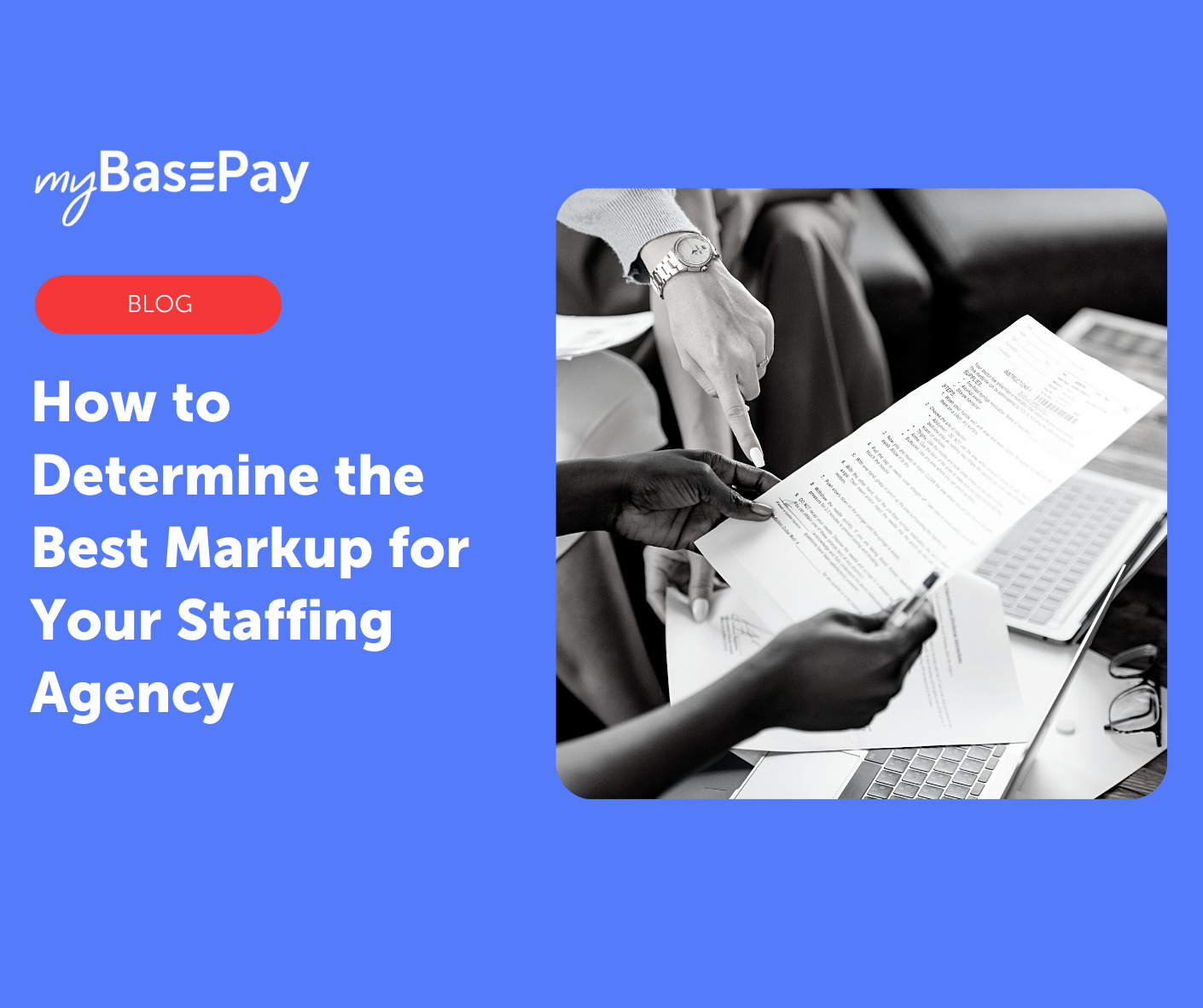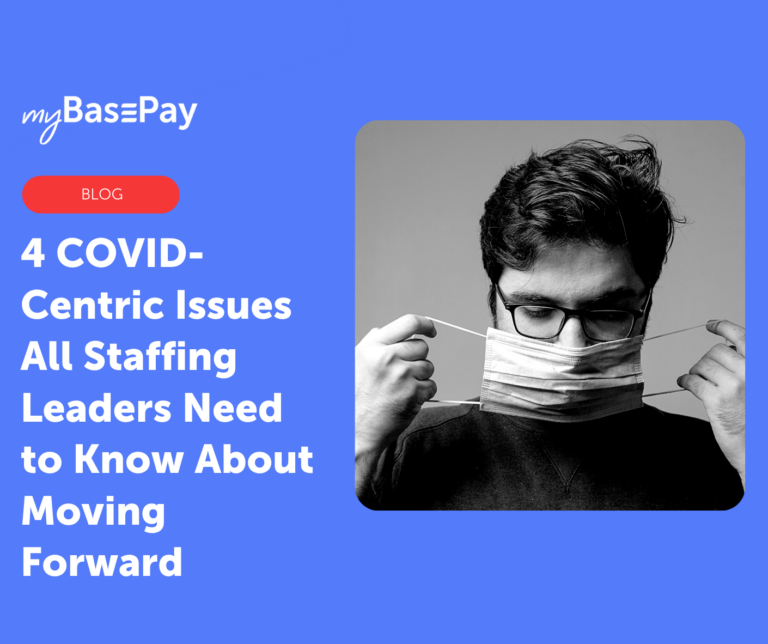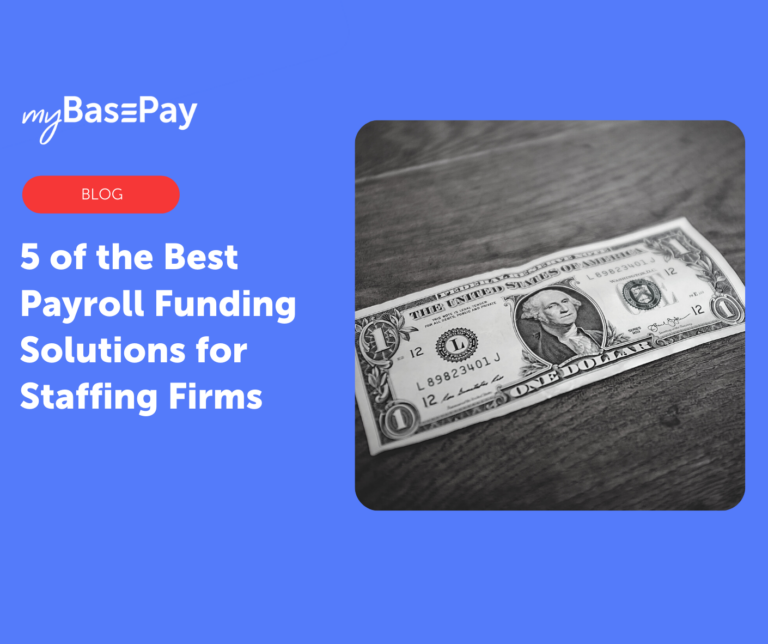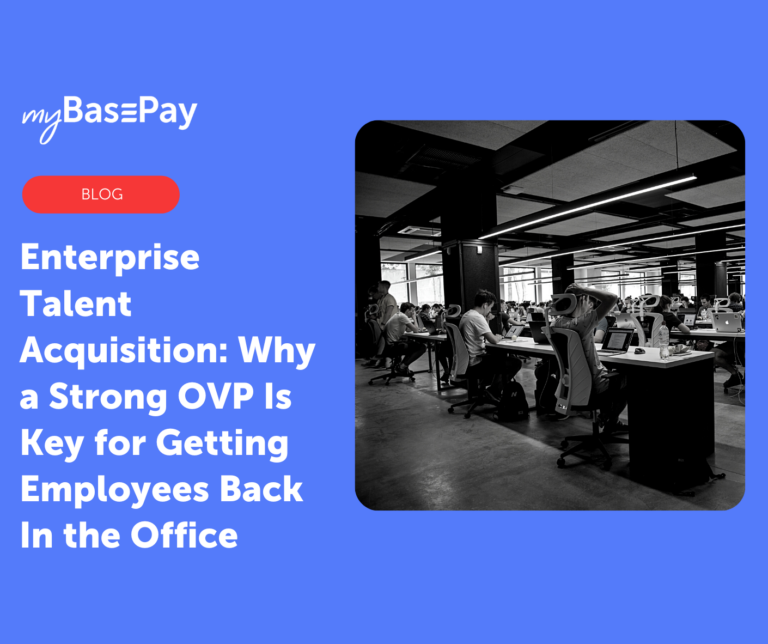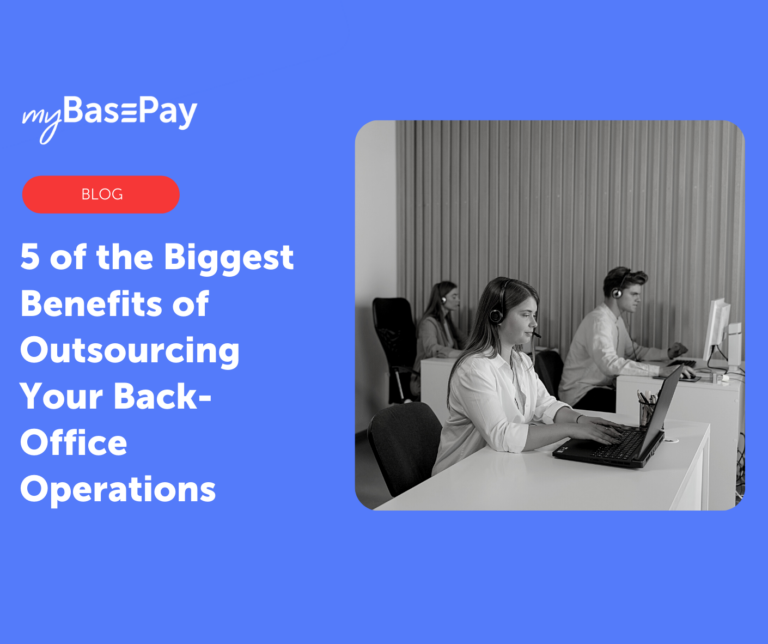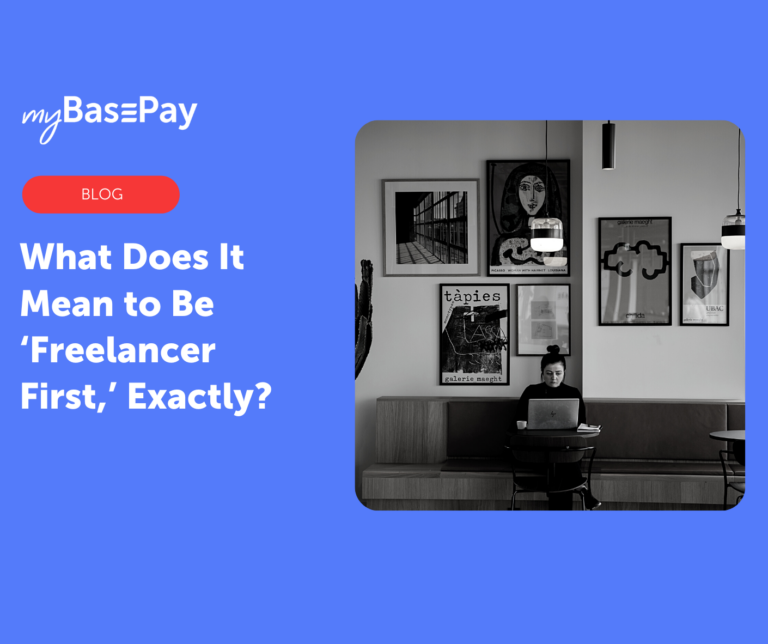How to Determine the Best Markup for Your Staffing Agency
Running a staffing firm can be a highly profitable business, but only when you know what to charge your clients. While there isn’t a template or set-in-stone guideline for pricing your staffing services, there are some primary elements all businesses should consider when determining their markup value.
Markups pertain to the percentage staffing firms charge in addition to their pay rate. This rate can include various elements, including overhead and operating costs — like rent, equipment costs, recruiting fees, etc. — statutory expenses, and profit. In general, the higher the markup rate, the more revenue a company makes.
In the staffing industry, several factors can affect these price points, but according to experts, most companies produce an average annual gross of $750,000 per year. When it comes to markups, the industry average ranges anywhere from 25% to 75%, but can even reach up to 100%; that doesn’t even cover all the sub-niche markets within the staffing industry — in which case, the options are endless.
The key to achieving success lies in striking a balance between staying competitive but also fairly pricing your services. This requires a comprehensive understanding of all the necessary pricing aspects. By understanding the components below, you can better determine the best markup value for your staffing agency to achieve better profit margins.
Industry Standards
When deciding on the best markup percentage for your staffing agency, you should first determine whether there is an industry-standard. This can have a dramatic effect on your markup value.
For example, if a company has a 50% markup fee, and a person purchases their product for $10.00, the markup fee would be 50% of $10.00 — or $5.00. This would make the final purchase price of the product $15.00. In the staffing industry, most companies set a markup value of 50% for all products, but some experts recommend starting at 40% for startups.
However, there is no “one size fits all” when it comes to markup percentages. Location and size will prove to be some of your main decisive factors. Furthermore, each market sector in the staffing industry is different; whether your agency deals with medical, clerical, executive, or industrial, there are some distinct indicators for setting markup rates that you should look into.
Business-Client Relationships
Valuable clients often bring a lot of business to your agency, so you should consider setting a lower markup rate for those customers. For high-volume clients or clients who have stuck with the business for an extended period, some staffing agencies set a markup percentage as low as 20%.
However, it’s important to not steep too low on makeup percentages. The goal of a markup value is to help you continue running a sustainable business. Loyal clients should be valued, but make sure you aren’t putting your business at risk in doing so. The number of clients and the amount of business they bring with them will act as key indicators to set an accurate markup percentage for your staffing agency.
Competition
Among the staffing industry, there are multiple market sectors, each of which has differing levels of competition. Whatever market sector you lie in, you must consider your competition when setting a markup rate that will still allow your business to produce a healthy profit.
Take some time to analyze competitor prices, and measure how aggressive your growth compares to their business. When setting price points as important as markup percentage, you must keep your growth goals in mind at all times. Of course, you want to make sure you set fair prices for prospective clients, but you should maintain a goal-focused mindset throughout your calculations.
If you’re just starting as a staffing agency, your goal likely has something to do with expanding your customer base. In that case, you might want to start off with a lower markup approach. Then, as you grow over time, you can focus on the maximum price customers are willing to pay for your services and adjust your markup strategy accordingly.
Profit Margins
Whatever markup value you land on, you must make sure that percentage gives you enough margin to continue profiting as a staffing agency. Many companies mistakenly substitute profit margins for markups and vice versa. While both terms involve the same inputs and analyze the same transactions, they produce different information.
Both markup and profit margin use total costs and revenue in the process of their calculation. But according to Investopedia, the primary difference between the two is, “Profit margin refers to sales minus the cost of goods sold, while markup refers to the amount by which the cost of a good is increased in order to get to the final selling price.”
In short, markup refers to the profit as it relates to costs, while profit margin relates to profit as it relates to an item’s purchase price. Understanding the differences between the two is arguably one of the most important aspects of appropriately setting price points. If a markup value is set too high or low, your business can experience a loss in sales or profits.
If this persists over an extended time period, your company might even have an indirect and unintentional impact on the local market sector, since your price points are being set outside those that are charged by competitors.
Determining the Markup On Your Staffing Agency
In addition to the various factors above, your company’s geographical location can have a great effect on your markup percentage. Numerous external factors involving location can influence how you establish your markup formula, including the performance of other staffing agencies in your area and the local demand for your services.
Determining an accurate markup rate is essential to maintaining a profitable business. The methods you use to determine your percentage will vary according to industry trends, client relationships, both local and industry competition, and current profit margins.
There is no standard markup percentage; the rate which you choose for your services will be unique to your staffing agency. Once you’ve calculated a fair markup percentage that helps you set and meet profitability goals, you can expect a more accurate prediction of your company’s future profits.
Author: Cesar Jimenez, myBasePay CEO
Cesar A. Jimenez is an entrepreneur, investor, and military veteran with over 25 years of staffing industry expertise successfully leading technology staffing organizations. His expertise in the IT industry allows him to use his experience as a thought leader for talent acquisition, staffing, IT, and recruitment technologies with a passion for contingent workforce solutions. Cesar has held various leadership roles for both a global staffing organization and technology solutions companies. This expertise has enabled him to develop alternative workforce models that provide the agility for organizations to be competitive in today’s marketplace. In his spare time, he enjoys spending time with hisfamily, working out, and coaching high school baseball players.
